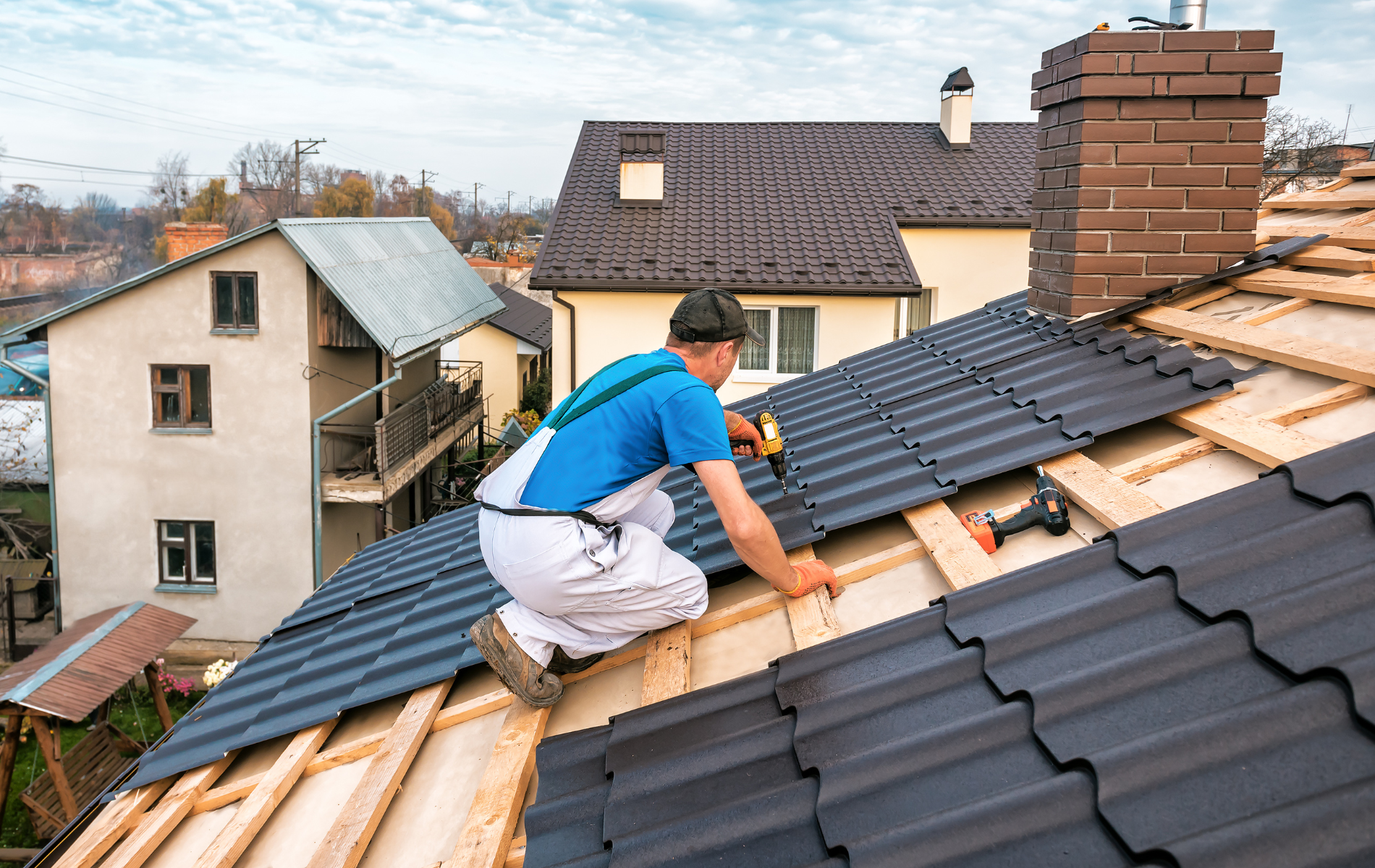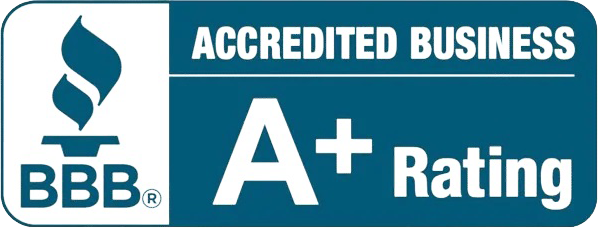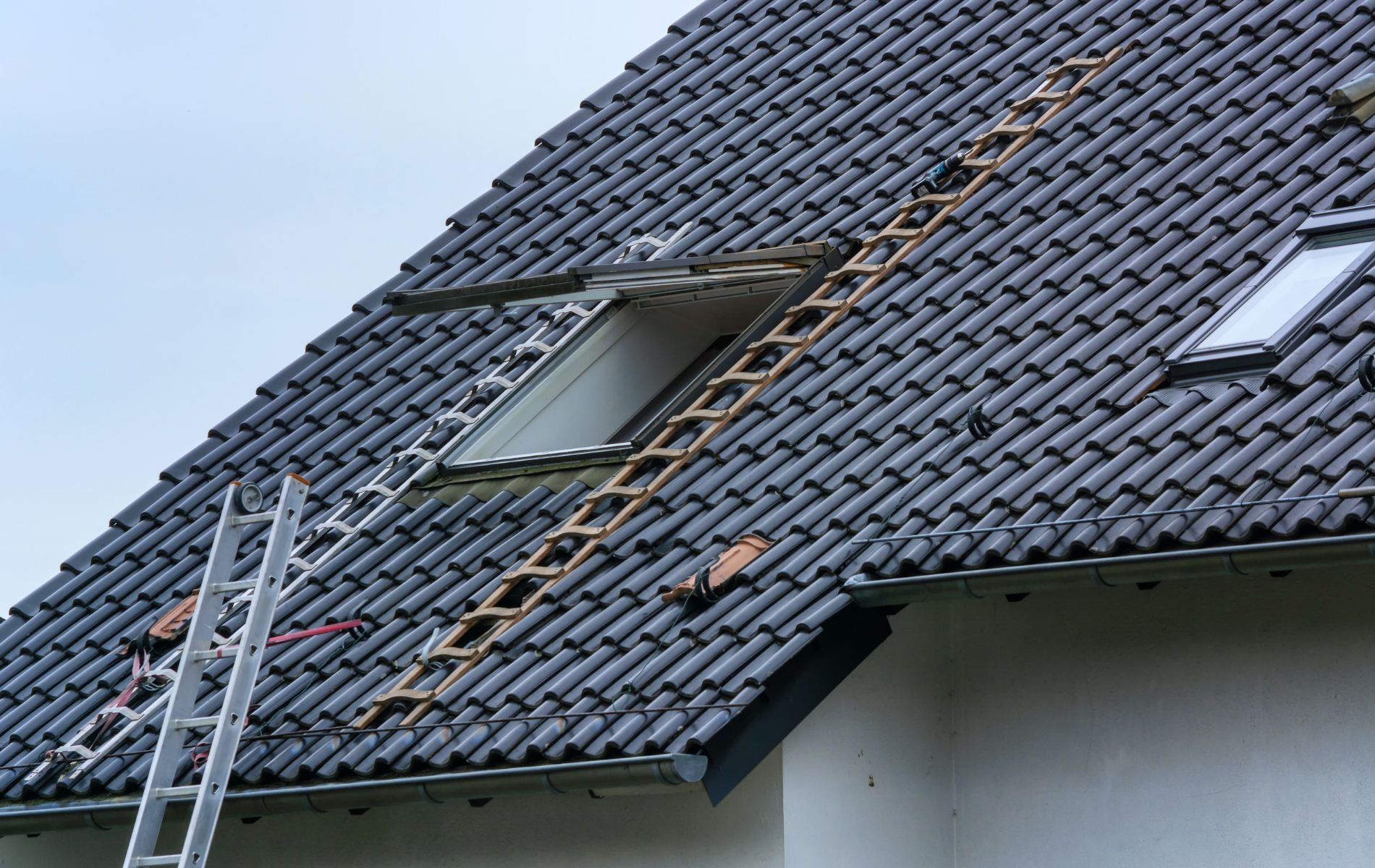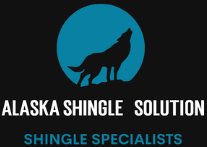Top Signs You Need Roof Repair in Anchorage Before Winter Hits
Don’t Wait Until It’s Too Late to Protect Your Anchorage Home

When winter hits Anchorage, your roof takes the brunt of the season’s challenges — snow accumulation, ice dams, high winds, and freezing rain. Even a minor roofing problem can quickly turn into a costly disaster once temperatures drop and the first snow settles in.
At Alaska Shingle Solution, we help homeowners across Anchorage, Eagle River, Wasilla, Palmer, and Girdwood keep their roofs strong year-round. Identifying early warning signs before winter can prevent expensive damage, leaks, and emergency repairs during the coldest months of the year.
Here are the top signs your roof may need attention before the next storm rolls in.
1. Missing, Curling, or Cracked Shingles
Missing or curling shingles are among the most obvious signs your roof needs repair. Alaska’s combination of strong winds and freeze-thaw cycles can cause shingles to lift or crack. Once exposed, the underlayment and decking become vulnerable to moisture intrusion.
If you notice bare patches or shingles that appear lifted along the edges, call for an inspection.
Replacing a few shingles now is far cheaper than replacing entire roof sections later.
2. Dark Streaks, Moss, or Algae Growth
Discoloration or moss patches are more than cosmetic issues. In Anchorage’s damp fall weather, they often indicate trapped moisture and poor drainage. Moss retains water, allowing it to slowly seep under shingles and deteriorate their protective coating.
Proper roof cleaning and preventive treatments can help extend the life of your shingles and maintain curb appeal. Always have moss or streaks assessed by a professional roofer to determine whether repairs or maintenance are needed.
3. Water Stains or Damp Spots Indoors
A small brown or yellow stain on your ceiling could point to a much larger problem above. Water stains often appear during autumn rains or early snowmelt, signaling a leak in your roofing system.
Unchecked leaks can damage insulation, drywall, and even structural framing. If you see water spots,
schedule a same-day inspection with a professional roofing contractor to find and repair the source before temperatures drop below freezing.
4. Sagging Roof Lines or Soft Spots
If your roofline looks uneven or feels soft when walked upon, that’s a serious warning sign of water saturation or compromised supports. Heavy snow loads common in Anchorage and Wasilla can push already weak areas beyond their limits.
A sagging roof should be inspected immediately. Repairs may involve structural reinforcement or partial re-decking, but addressing the issue early can prevent complete roof failure.
5. Shingle Granules in Gutters or Driveways
When asphalt shingles begin to age, they shed the protective granules that guard against UV rays and water damage. You might find these granules collecting in your gutters or at the end of your downspouts.
Granule loss means your shingles are nearing the end of their life cycle. If this is happening frequently, request a professional evaluation to determine whether it’s time for a partial replacement or a full re-roofing project.
6. Drafts, Uneven Heating, or Attic Moisture
Notice chilly drafts or uneven heating in the upper levels of your home? A compromised roof system or poor attic ventilation might be the culprit. When warm indoor air escapes through your roof, it can melt surface snow, leading to ice dams and leaks.
Moisture or frost buildup in your attic is another indicator of ventilation or insulation issues. Fixing these problems before winter not only protects your roof but also improves your home’s energy efficiency.
7. Damaged Flashing Around Chimneys, Skylights, or Vents
Flashing is the thin metal material used to seal joints and prevent water infiltration around chimneys, vents, and skylights. Over time, Anchorage’s temperature extremes can cause flashing to crack or pull away, creating entry points for moisture.
Inspect these vulnerable areas in the fall and reseal or replace damaged flashing to prevent leaks once snow begins to accumulate.
Why Fall Is the Best Time for Roof Repairs in Alaska
Fall provides a critical window between Anchorage’s wet autumn and the deep freeze of winter. Temperatures are cool but stable enough for materials to adhere properly, and contractors can complete repairs quickly without weather-related delays.
Scheduling work in late summer or early fall ensures your roof is fully sealed before the first major snowstorm — and it helps avoid emergency calls when demand spikes in winter.
The Cost of Ignoring Roof Damage
Putting off small roof repairs can be an expensive mistake. Once water penetrates your roof’s protective layers, it can lead to:
- Rotting wood and weakened decking
- Mold or mildew in insulation
- Higher heating bills due to air leaks
- Structural damage requiring full roof replacement
What could have been a $500 fix can easily turn into a $10,000 replacement after just one harsh winter.
Local Insight: Anchorage Roofs and Snow Load
In Anchorage, Eagle River, and the surrounding areas, heavy snow accumulation places incredible stress on roofs each winter. A weakened roof structure can sag or even collapse under pressure. Additionally, when temperatures rise briefly, melting snow can refreeze at the eaves and cause ice dams.
A pre-winter roof inspection and minor repairs can prevent these costly issues. Homeowners who address leaks, missing shingles, and ventilation problems in the fall see fewer winter emergencies and lower long-term costs.
For general reference on safe snow loads, see the [NOAA Alaska Snow Load Guidelines –https://www.weather.gov/].
FAQs About Roof Repair in Anchorage, AK
How often should I inspect my roof in Alaska?
At least once a year, preferably in late summer or early fall. Homes in snowy regions like Anchorage or Wasilla benefit from a mid-winter check as well.
Can roof repairs be completed in winter?
Yes, but conditions can slow progress and affect sealant performance. Whenever possible, schedule repairs before freezing weather sets in.
How long do typical roof repairs take?
Minor repairs take one day or less. Larger sections or flashing replacements may take two to three days depending on weather conditions.
Do you service homes outside Anchorage?
Yes, Alaska Shingle Solution proudly serves Anchorage, Eagle River, Wasilla, Palmer, and Girdwood, providing fast, local roofing expertise.
Schedule Your Roof Inspection Before Winter Arrives
If your home shows any of the signs above, don’t wait until snow or ice causes serious damage. A pre-winter roof inspection from Alaska Shingle Solution can identify hidden issues and ensure your home stays protected all season.
Contact Alaska Shingle Solution today for a free roof repair estimate.
Phone: (907) 888-9805
Website:
https://alaskashinglesolution.com/contact
Service Areas: Anchorage, Eagle River, Wasilla, Palmer, and Girdwood, Alaska


